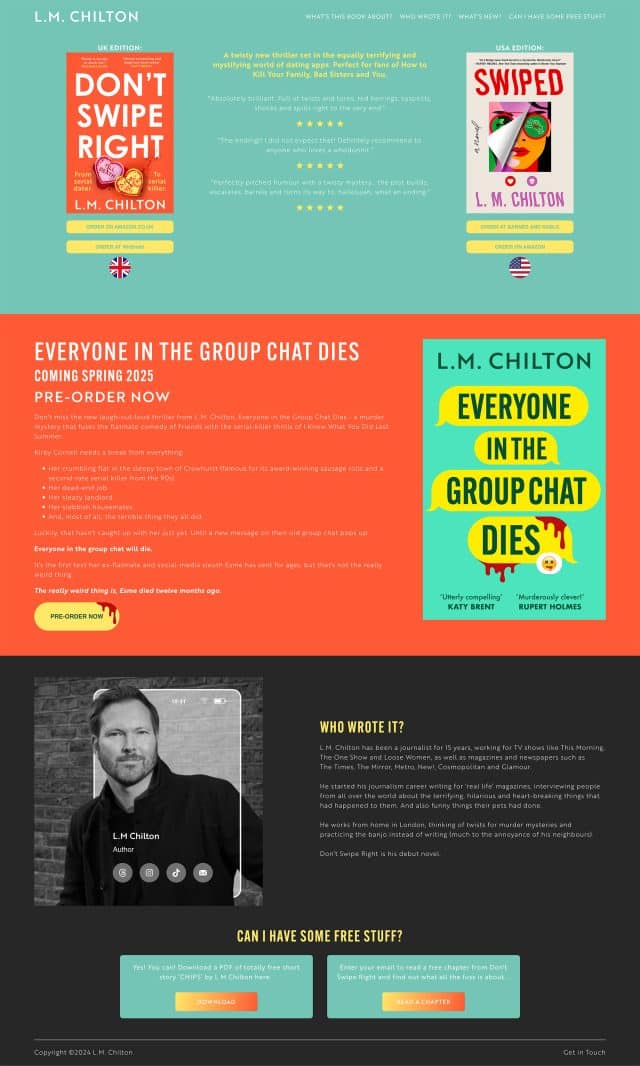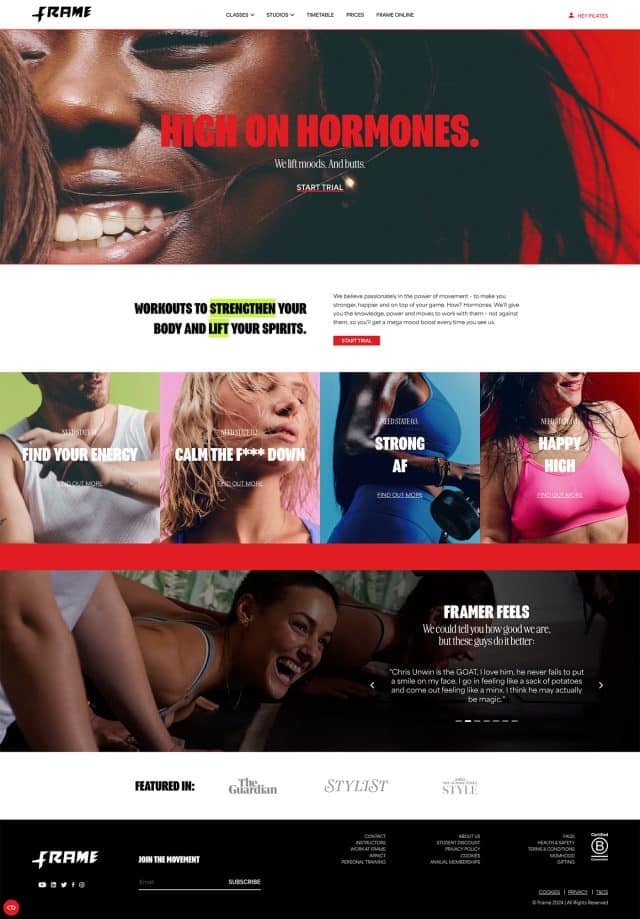Web Design
Web Design that helps your business
Enhancing User Experience and Driving Conversions
In the digital landscape, web design plays a pivotal role in creating visually appealing, user-friendly, and impactful websites. It encompasses various elements, including user experience (UX) and user interface (UI). In this SEO-optimized blog post, we will delve into the fundamentals of web design, explore the differences between UX and UI, highlight how great web design can boost business success and drive sales or conversions. We will also discuss the web design process, including research, wireframing, and the significance of UX and UI in creating exceptional websites.
Understanding Web Design
Web design refers to the process of creating the visual layout and aesthetic elements of a website. It involves the selection of colours, typography, images, and other visual elements that collectively deliver a cohesive and engaging user experience. Effective web design combines aesthetics, functionality, and usability to create a website that aligns with a brand’s identity and resonates with its target audience.
Differentiating UX and UI
User Experience (UX): UX focuses on enhancing user satisfaction by improving the overall experience during a website visit. It involves understanding user behaviour, conducting research, and implementing strategies to ensure ease of use, efficiency, and accessibility. UX design aims to create a seamless journey for users, allowing them to achieve their goals effortlessly and enjoy a positive interaction with the website.
User Interface (UI): UI refers to the visual elements and interactive components that users directly interact with on a website. It includes buttons, menus, forms, and other elements that facilitate user navigation and engagement. UI design focuses on creating visually appealing and intuitive interfaces that align with the brand’s visual identity while ensuring a smooth and engaging user experience.
The Impact of Great Web Design on Business Success
- Brand Perception: A visually appealing and well-designed website builds trust and credibility, positively influencing users’ perception of your brand. A great web design ensures consistency with your brand identity, fostering a strong and memorable brand image.
- User Engagement: Effective web design engages users, keeping them on your site longer and encouraging exploration. Intuitive navigation, well-structured content, and visually appealing layouts captivate visitors, leading to increased user engagement and reduced bounce rates.
- Conversion Optimisation: Great web design focuses on optimising conversion rates by strategically placing call-to-action buttons, forms, and other conversion-driving elements. By providing a seamless user experience, guiding users towards desired actions, and creating a visually compelling presentation of products or services, web design can significantly boost sales and conversions.
The Web Design Process
From Research to Implementation
- Research and Discovery: The web design process begins with research to understand the target audience, industry trends, and competitors. This research informs design decisions and ensures the website meets the needs and expectations of the intended users.
- Wireframing and Planning: Wireframing involves creating a basic visual structure of the website, outlining the layout, content hierarchy, and overall user flow. This step allows designers to plan the website’s structure and ensures a user-centric approach.
- UX Design: UX design focuses on creating a seamless and intuitive user experience. It involves creating user personas, defining user journeys, and developing information architecture to guide users through the website effortlessly.
- UI Design: UI design brings the wireframes to life by adding visual elements, colors, typography, and interactive components. It aligns with the brand identity and complements the UX design to create a visually stunning and user-friendly interface.
- Iteration and Testing: Throughout the design process, iterations and user testing are essential. This allows designers to gather feedback, make necessary adjustments, and refine the design to ensure optimal user experience and effectiveness.
Web design is a crucial element in creating successful websites that captivate audiences and drive business growth. By understanding the differences between UX and UI, businesses can leverage effective web design to enhance user experience, boost engagement, and drive conversions. The web design process, which includes research, wireframing, and the implementation of UX and UI elements, ensures a user-centric approach that aligns with business goals.
Investing in great web design offers numerous benefits, including improved brand perception, increased user engagement, and optimized conversion rates. By creating visually appealing, user-friendly, and intuitive websites, businesses can establish a strong online presence, foster customer trust, and drive business success.
Partner with a skilled freelance web designer to unlock the full potential of your website and elevate your online presence. Contact me today to embark on a journey of exceptional web design that will positively impact your business.
A random couple of projects
Latest Blog Posts
Green Is the New Fast: Why Sustainable Web Design Is the Future
A few years ago, if you asked someone how green their website was, you’d probably get a confused look. After all, websites live in the cloud, don’t they? They don’t take up space, they don’t burn fossil fuels, and they certainly don’t spew out smoke like an old factory. But the reality is quite different. […]
7 Website Features Every Small Business Needs to Attract Customers
In today’s digital age, your website is the cornerstone of your business’s online presence. For small businesses, a website is often the first point of contact for potential customers. It’s your opportunity to make a lasting impression and convince visitors that your business is the right choice for them. But what exactly makes a small […]
Is your website shit?
Introduction Let’s face it: we’ve all visited a website that’s, well, a bit rubbish. Maybe the design was outdated, the text was full of jargon, or you couldn’t even find the phone number to call. For small businesses, having a subpar website is more than just embarrassing; it’s costing you money. Over my 20+ years […]
Let's work together on your project.
Have I made an impression?
If so, then why not take the next step, which is a totally free indicative quote calculator. My hand coded algorithm asks you a few simple questions, and then will be able to give you a ballpark figure that we can use as a jumping off point for your project. Get a free quote now

